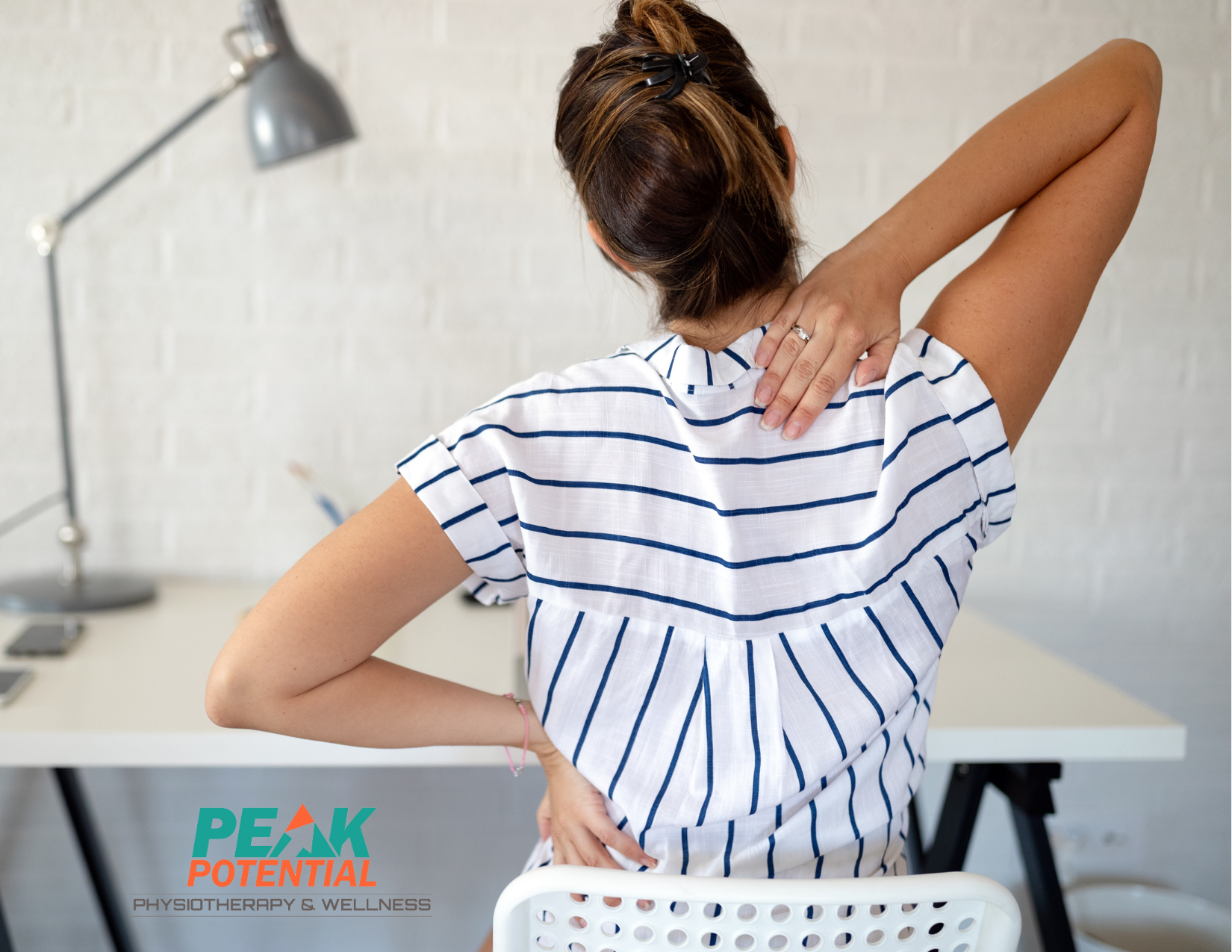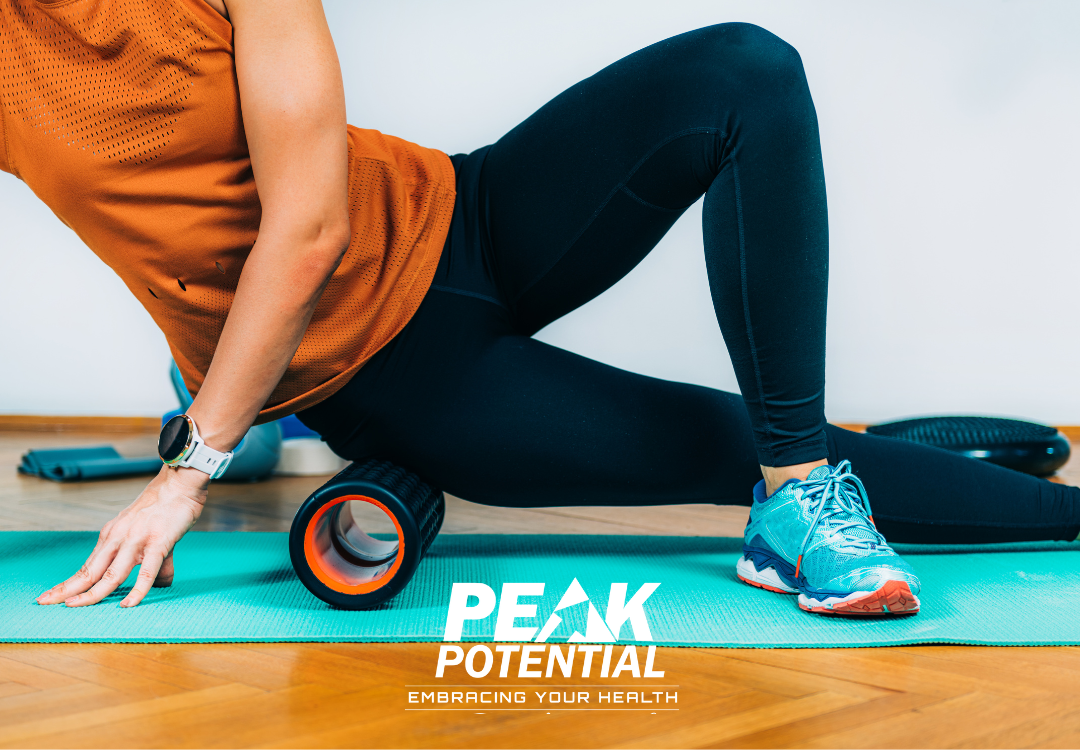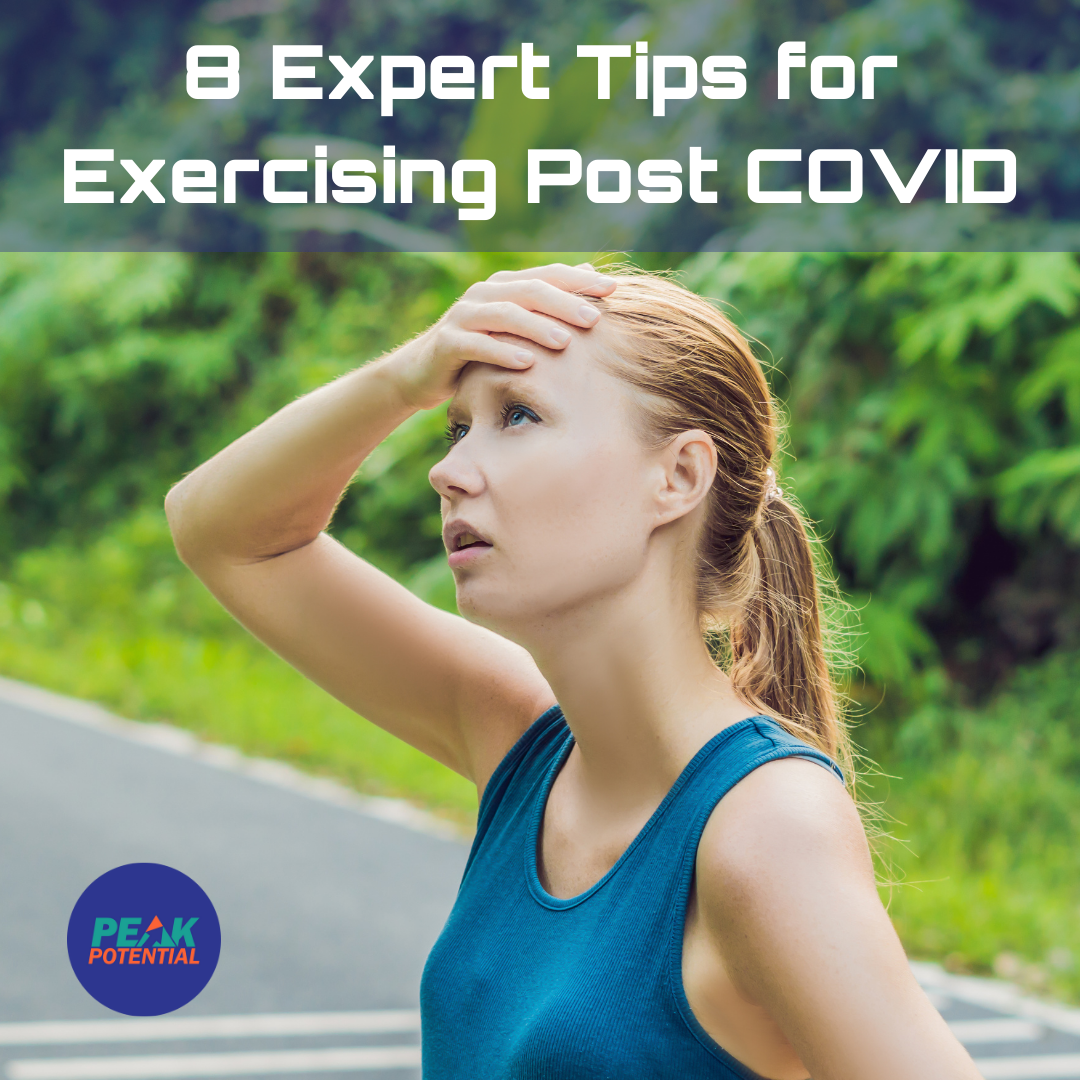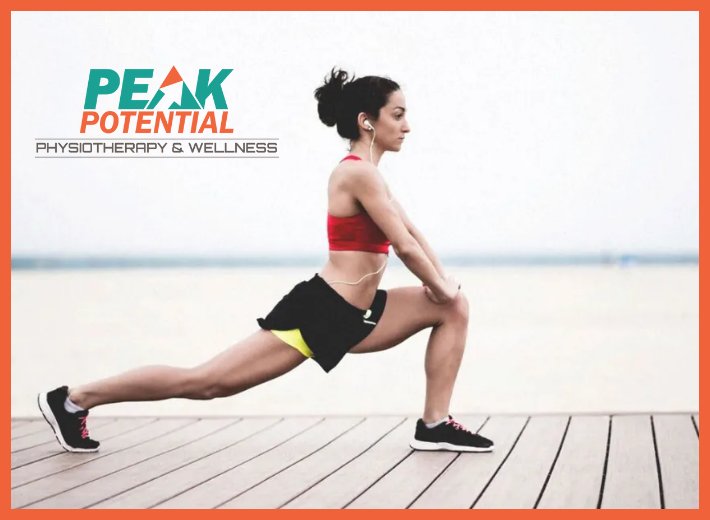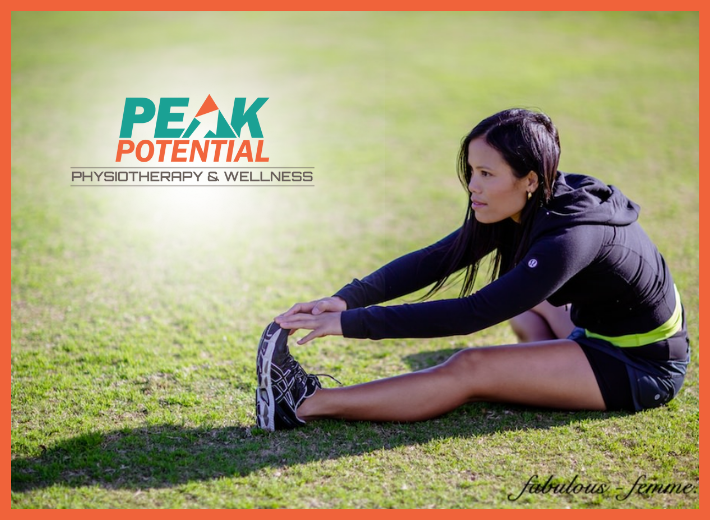How often do you experience a nagging ache, stabbing pain, or intense pressure in your head?
An estimated 45 million Americans suffer from chronic headaches and many of these people are retreating from their daily lives due to pain. Others are trying to manage day to day by constantly popping ibuprofen or aspirin.
The problem with painkillers is that we are treating symptoms and are never getting to the root cause of the problem. And without treating the cause, the headaches keep coming back – and often more frequently.
How about we find a better, faster, and more permanent solution?
First, let’s talk about the different types of headaches you may be experiencing and then I’ll show you the plan to get to the root cause of the problem – once and for all.
Three Most Common Types of Headaches:
1. Migraines
These headaches are described as intense, throbbing or pulsing pain. They worsen with movement, include light sensitivity, and are sometimes preceded by an aura or tunnel vision. They generally last 4-72 hours, but the frequent reoccurrence of these headaches are what result in chronic disability.
2. Cervicogenic Headaches
This pain is usually just on one side and begins in the shoulder and neck then spread into the head. The pain is aggravated by movement and position changes and there is often tenderness to touch in the neck and upper shoulders.
3. Tension Headaches
Triggered by stress, fatigue, anger, or muscle tightness these types of headaches are experienced on both sides of the head. They are described as pressing or tightness they can last as little as 30 minutes or feel almost continuous.
Can you identify which type of headache you have most often?
In these three categories, 75% of the complaints are related to muscle tightness and joint stiffness putting pressure on the nerves in the neck. They are caused by muscle tension, spasm, and trigger points in the scalp, jaw, neck, and shoulders.
This pain can even radiate down the arm and into the hand resulting in a misdiagnosis of carpal tunnel syndrome. Luckily, there is a lot we can to do in both treatment and prevention to avoid side effects of, or dependence on, pain medication.
Treating the Types of Headaches
Prevention of these headaches lies in avoiding their root causes, which could include any of the following:
- slouching or poor posture
- sitting too long or sleeping position
- jaw clenching
- nervous system dysregulation
- food triggers or dehydration
What if a headache has already started?
A chronic headache can often be lessened with exercise and stretching of the neck and shoulders and increasing blood flow to the brain. A physical therapist can instruct you in properly performing the following stretches:
- Chin tucks
- Rotation with pressure
- Cervical side bending
- Upper trapezius stretch
- Levator Scapula stretch
Don’t Give Up
If these suggestions don’t work for you, this doesn’t mean you must continue to suffer.
A 2002 research study in Spine demonstrated a significant decrease in headache frequency, intensity, neck pain, and analgesic use following manual physical therapy interventions compared to a control group. Whether headaches are an acute problem or chronic issue for you, don’t put off your life due to another headache.
If you have any questions about this topic, would like a more detailed explanation, or pictures of the stretches above, request a call from a doctor of physical therapy. This call is FREE and with no further obligation. Just follow the link below.


